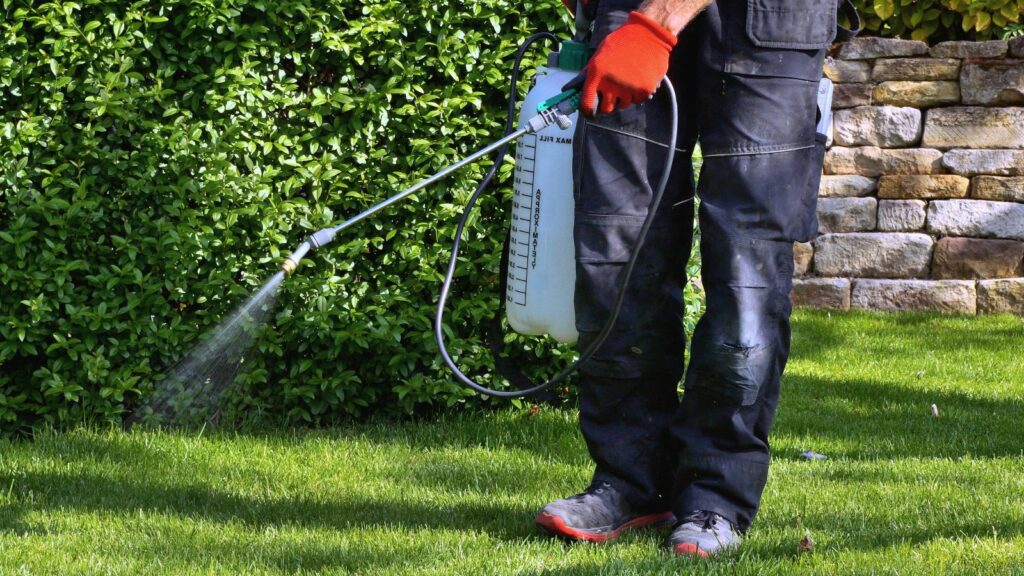Living in an urban area means better opportunities, but it also means small living spaces as the cost of living and rent are higher there. Additionally, one of the significant things we miss is green spaces, as there is little room for nature. However, recently, we have seen a great shift in this trend, with little spaces turning into oases, tiny, beautiful gardens, or fresh sources of vegetables. So, if you want to transform your tiny urban space into a sustainable green space, I have 12 amazing tips for you!
Vertical Space
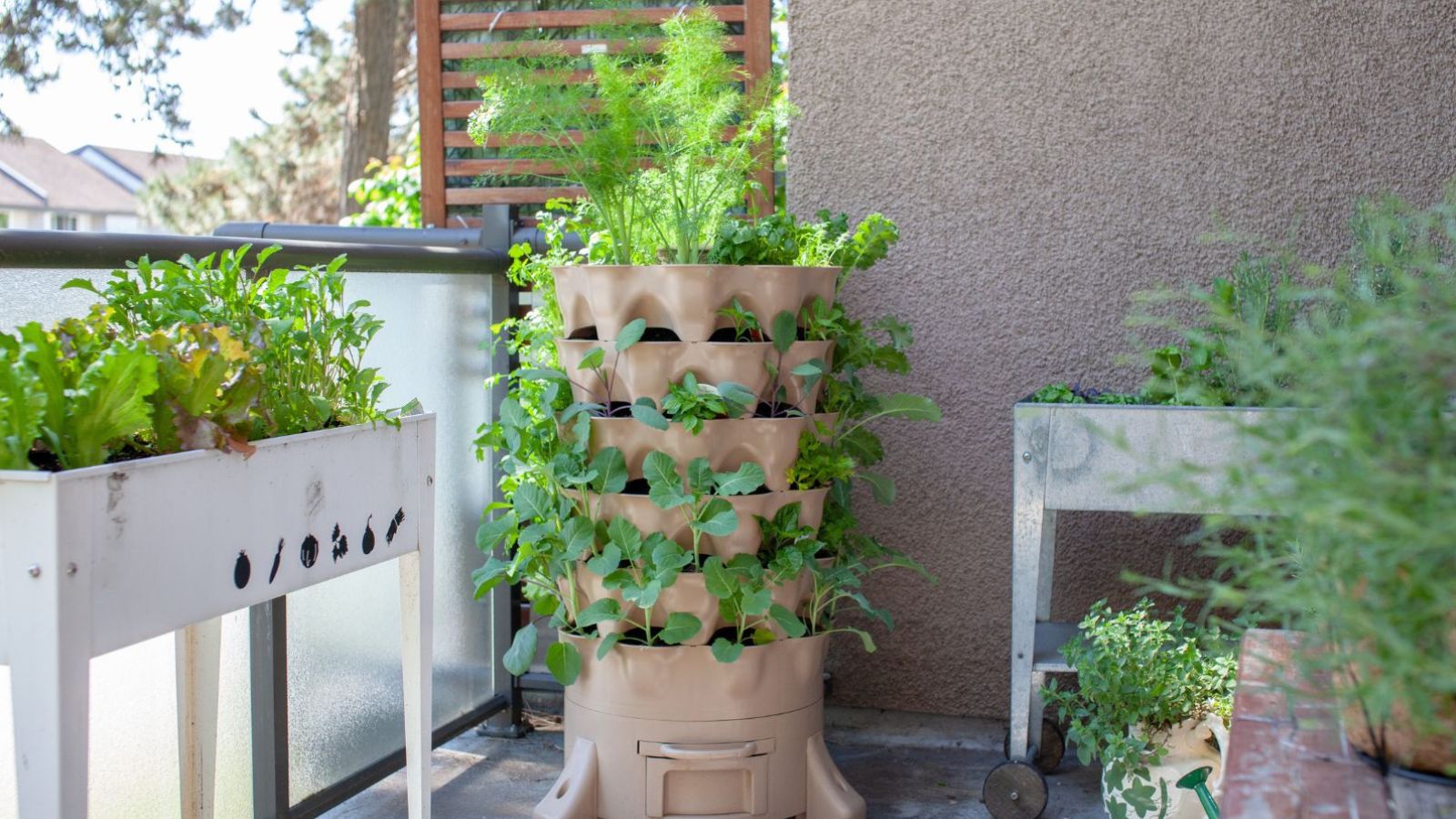
Growing plants vertically is one of the best ways to make the most of your little garden space. Use vertical garden structures, wall planters, and trellises to make the most of every available space. Grown vertically, plants such as beans, peas, cucumbers, and even some flowers can flourish. In addition to preserving ground area, vertical gardening gives your urban setting a lovely green wall. Consider using robust materials like metal frames, bamboo poles, or even repurposed wooden pallets for your vertical buildings.
Compact plant Varieties
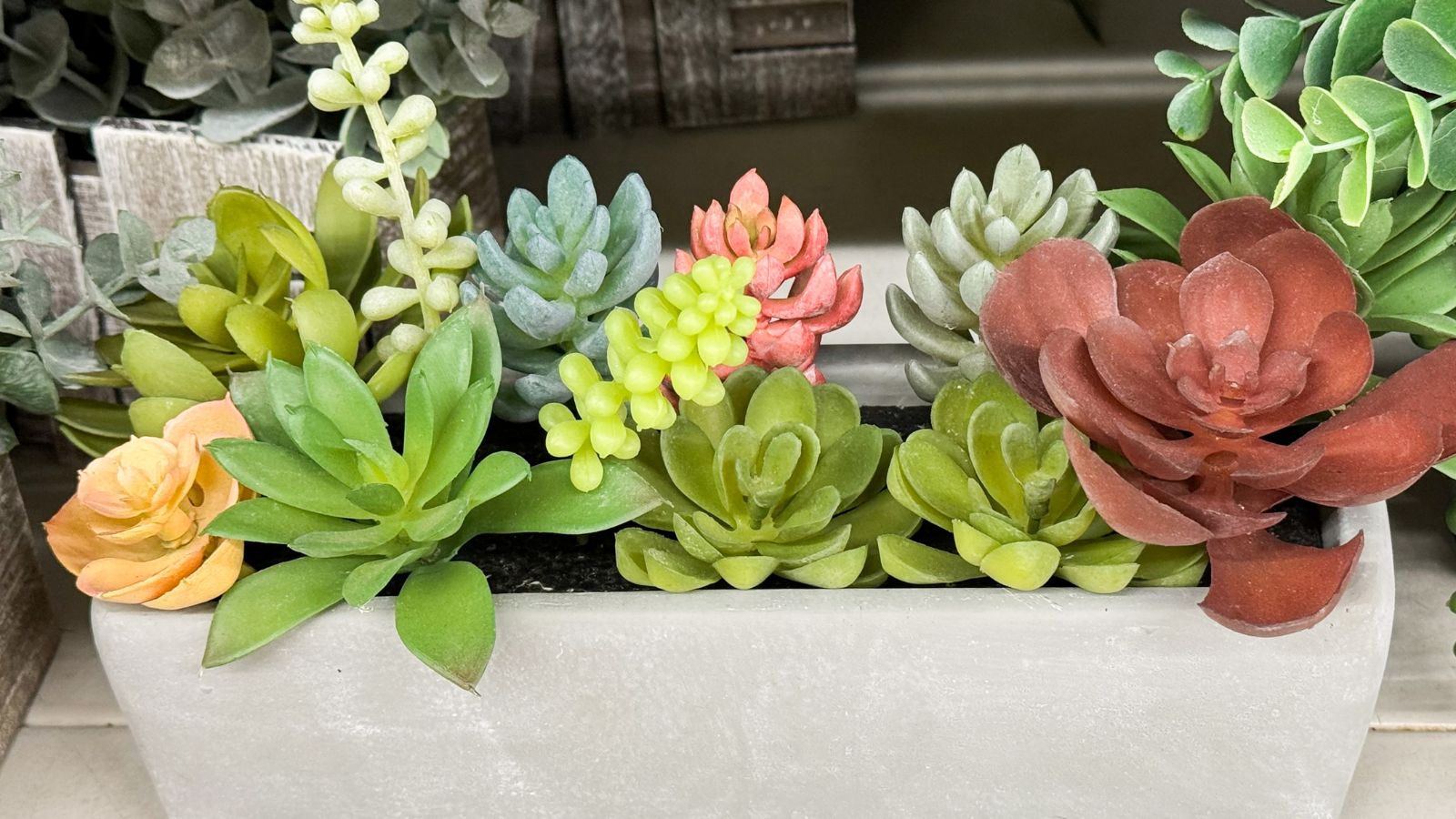
Select those plant kinds that are compact or dwarf, as they are grown specifically for limited settings. These plants somehow perform well, even in situations where they need less space to thrive. Look for herbs that grow well in pots or small garden beds, such as mint and basil, as well as compact tomatoes and peppers. Vegetable and herb varieties that are compact and perfect for urban gardening are now widely available from seed suppliers. These plants are typically easier to handle in a small area because of their increased resistance to pests and diseases.
Use Containers Wisely
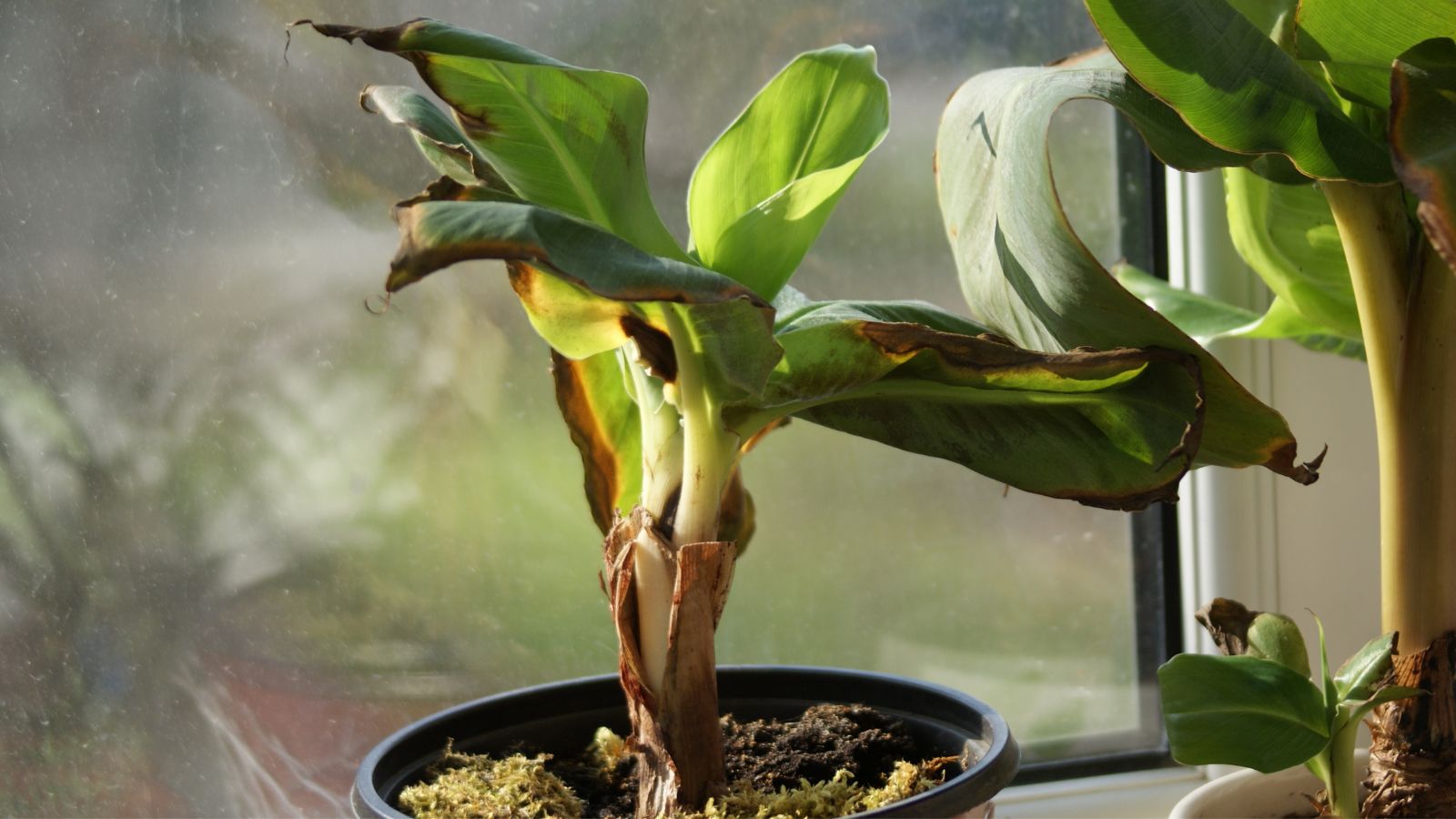
Urban gardening in containers is reasonably practical. A vibrant and effective garden can be created using a range of container sizes and kinds. To support healthy plant growth, make sure your containers have adequate drainage and are filled with high-quality potting soil. Conventional pots, more imaginative choices like window boxes and hanging baskets, and even repurposed materials like buckets or cans can be used.
Put Companion Planting into Practice
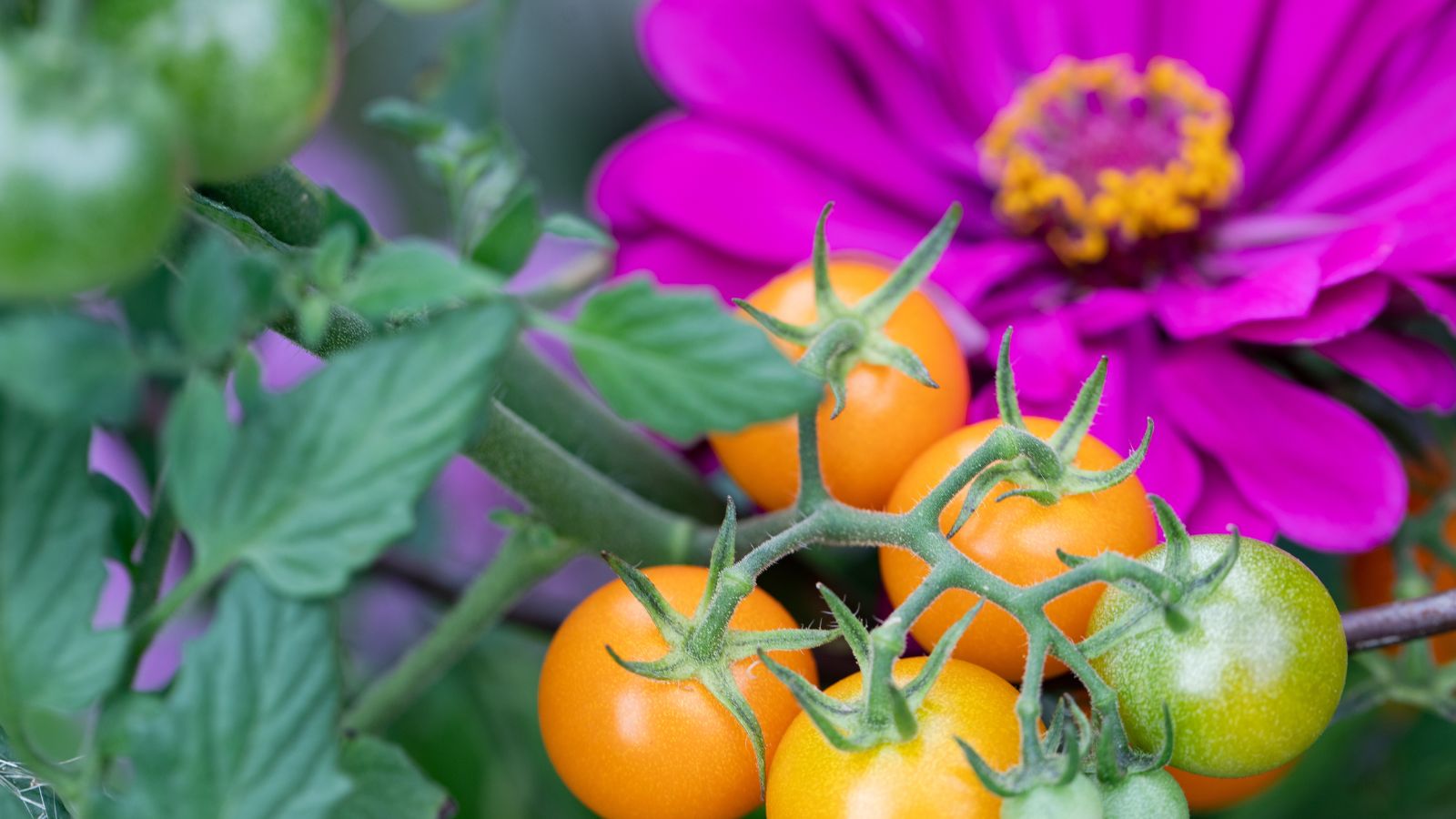
Planting companion plants entails raising plants that complement one another. For instance, growing basil adjacent to tomatoes can both deter pests and enhance the tomatoes’ flavor. Find out which plants grow well together to get the most out of your garden and increase its health and yield. In addition to improving pollination and helping with insect management, this technique can produce healthier plants and higher harvests.
Rooftop Garden or Balcony
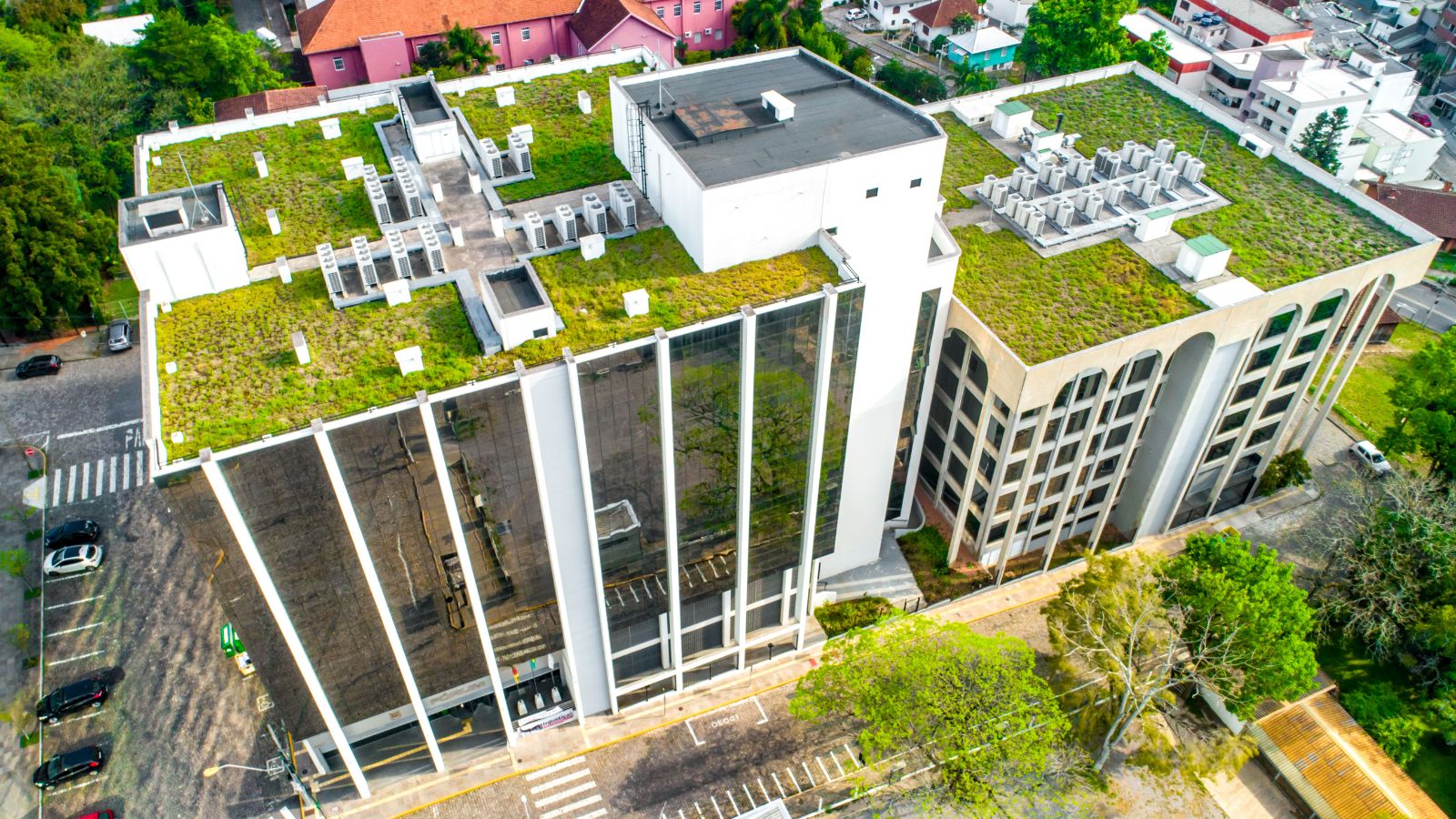
Make a garden haven out of your rooftop or balcony if you have access to one. To avoid overloading the structure, use lightweight containers and make sure you’re watering them properly. Grow a variety of herbs, veggies, and flowers to create a lovely and valuable garden. Total light exposure is beneficial for rooftop gardens as well, which makes them perfect for plants that require the sun.
Hanging Baskets
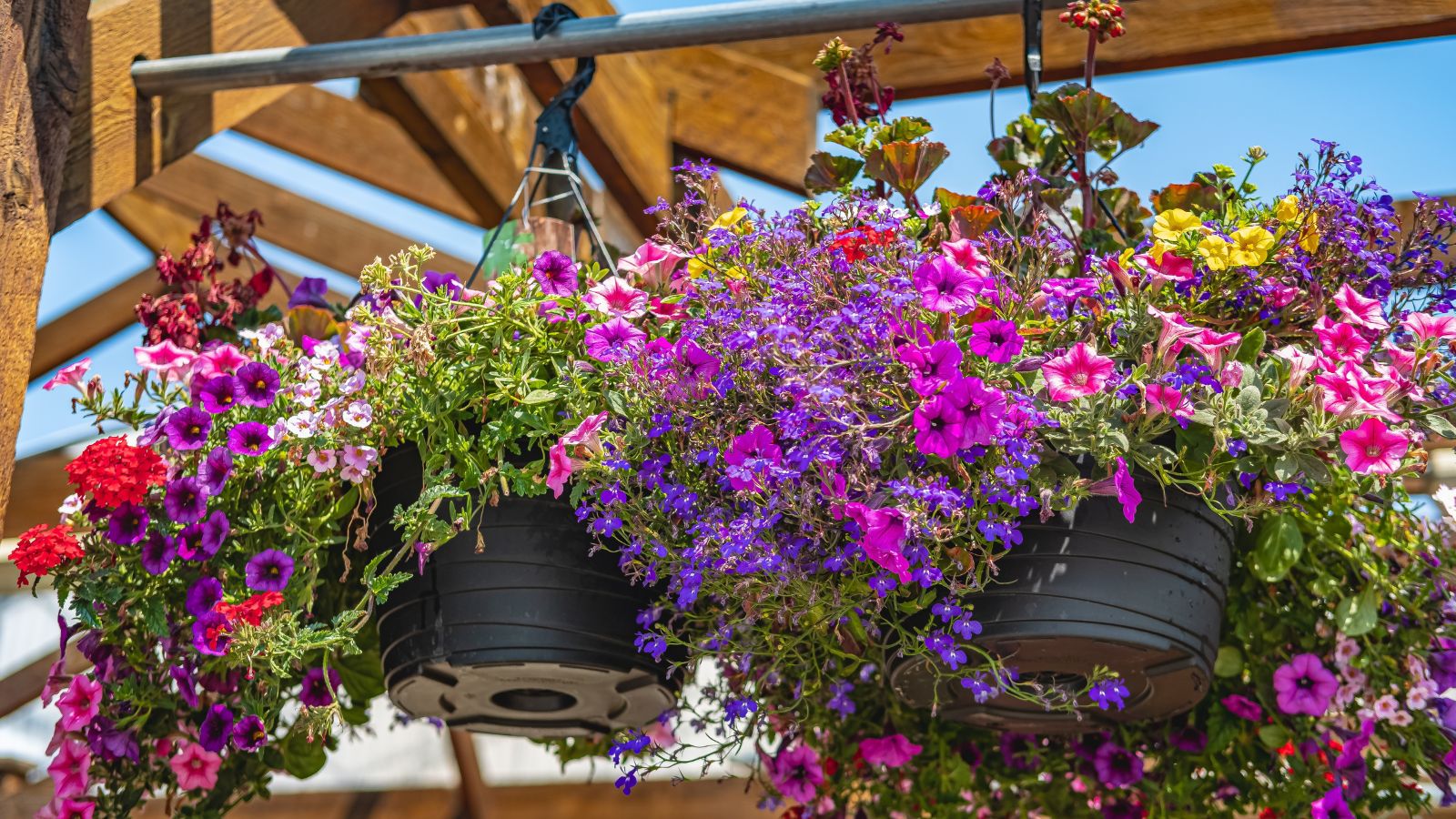
Trailing plants such as tomatoes, herbs, and strawberries grow beautifully in hanging baskets. They provide your garden with a stylish touch while conserving ground space. Since they might dry out more quickly than containers with ground plants, be sure to water them frequently. Hanging baskets are a great way to make the most of vertical space and add vertical flair to porches, balconies, and fences.
Window Boxes
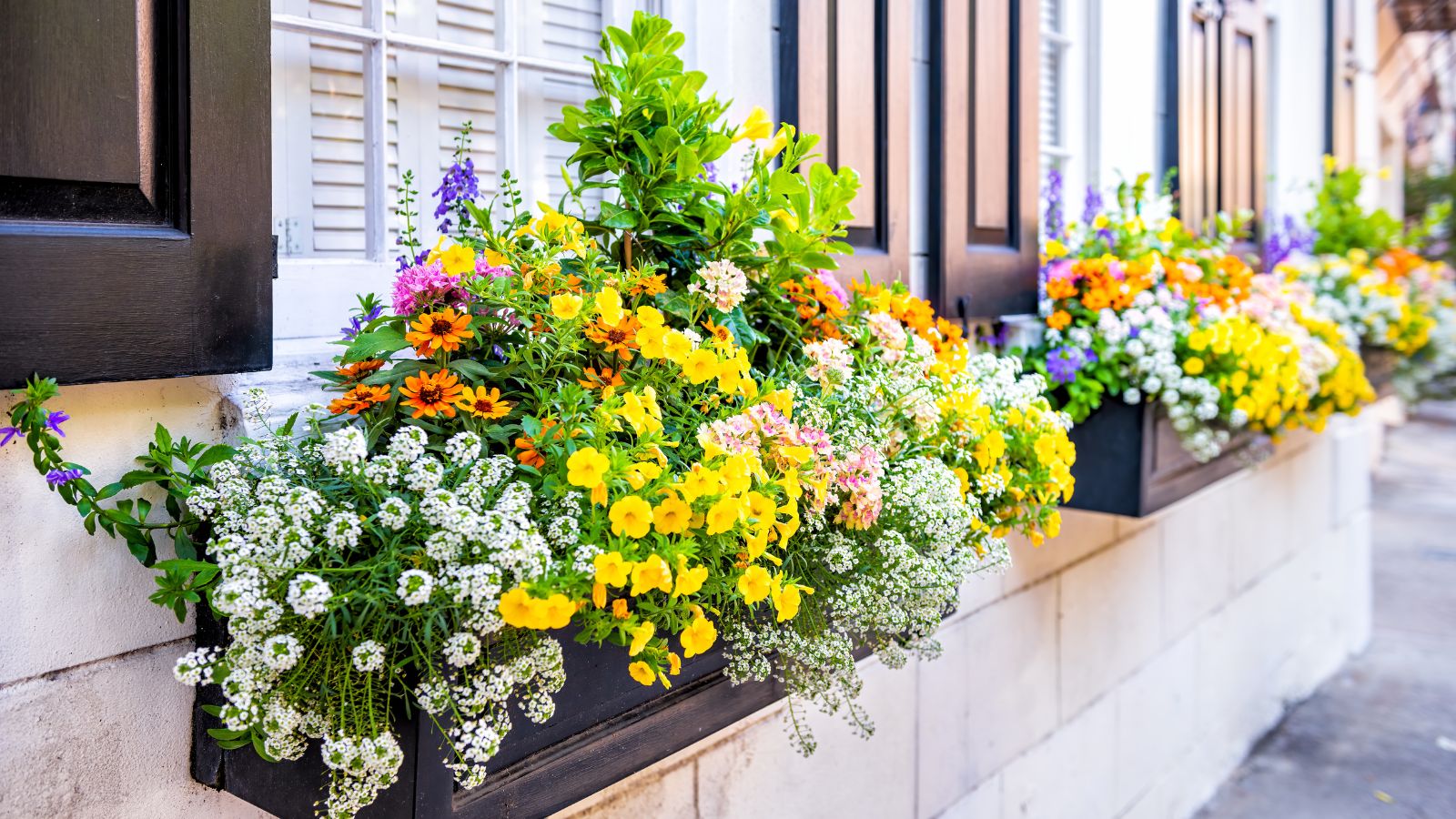
An excellent method to incorporate flora into your urban area is using window boxes. To make a colorful display, plant a variety of flowers, herbs, and tiny veggies. Make sure the boxes have a tight fit and get enough light. Window boxes are ideal for apartment residents since they may add natural light and brightness to your living area.
Self-watering systems
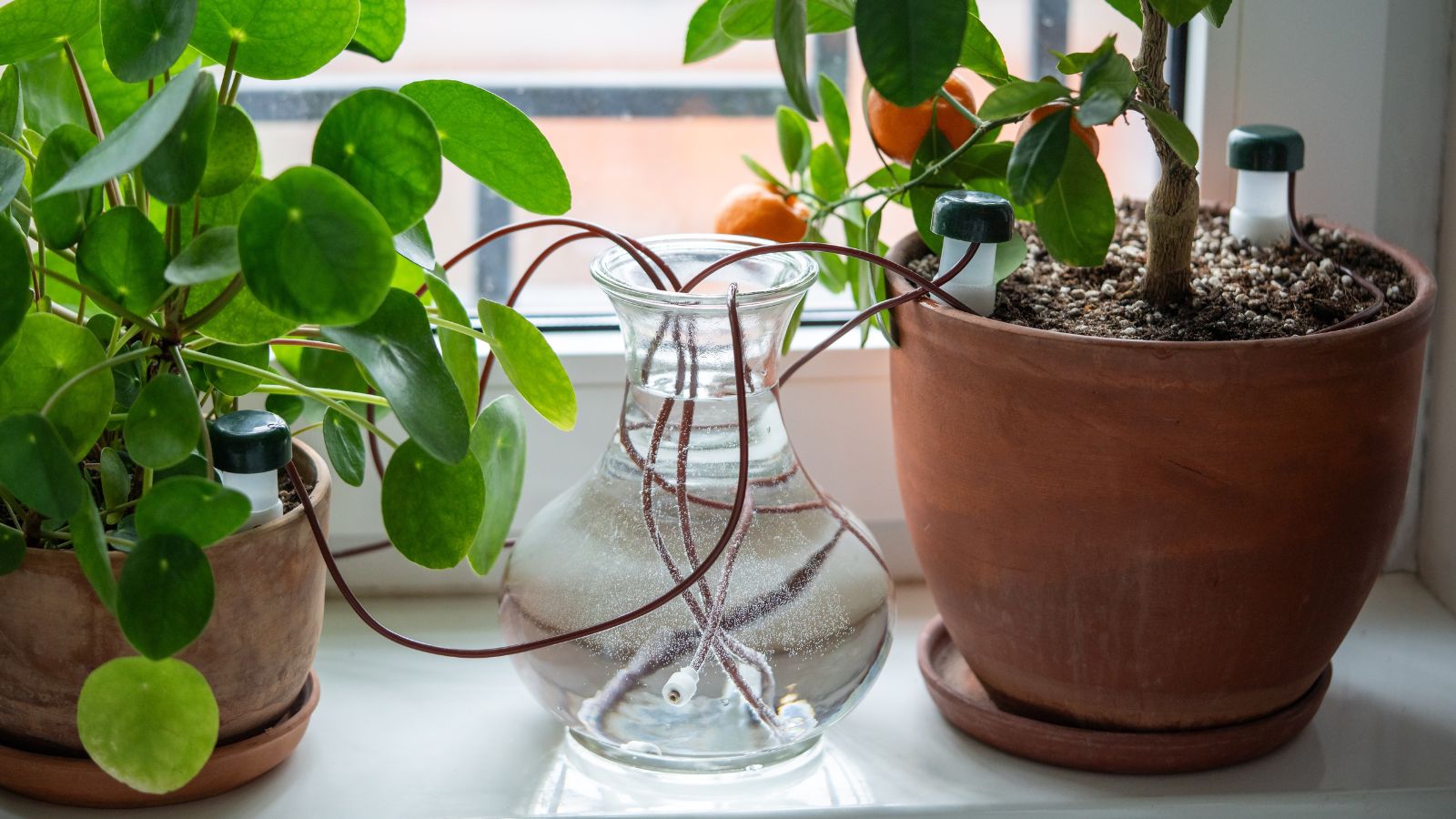
Urban gardens benefit significantly from self-watering systems and containers, particularly for those with limited time. These systems lower the possibility of over- or under-watering by giving your plants a steady flow of water. They are accommodating for plants that need consistent hydration. Typically, self-watering pots feature a bottom reservoir that lets plants take up water as needed.
Square Foot Gardening
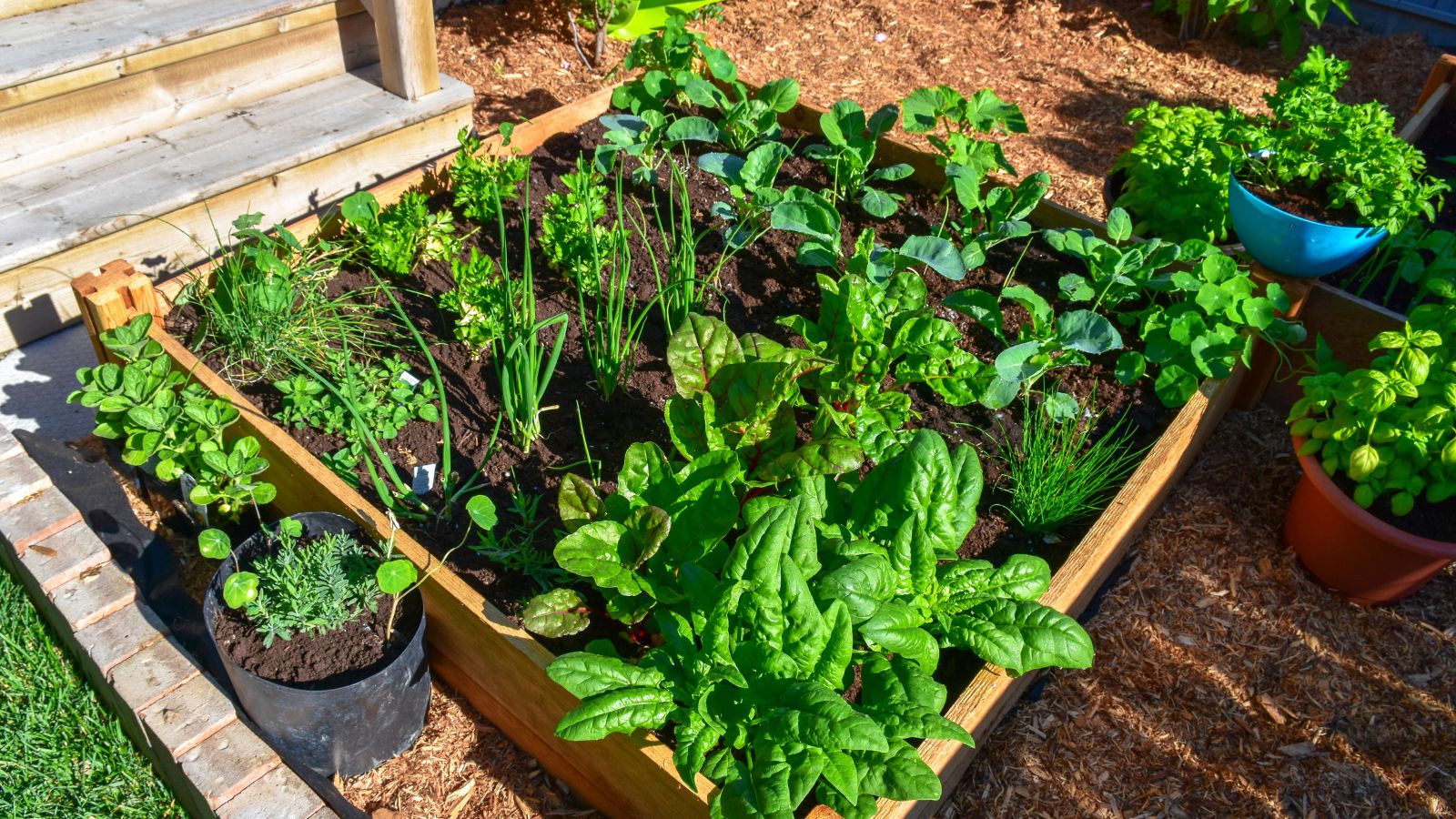
The idea of square-foot gardening is to create small, doable areas of your yard. This strategy enables you to cultivate a variety of plants in a small space while making the most of the available space. Make a grid layout in your garden plot or raised bed and plant different crops in each square. This approach is ideal for tiny places because it is effective and minimizes waste. Optimizing each square foot to produce a certain kind of plant can make your garden both orderly and fruitful.
Use Raised Beds
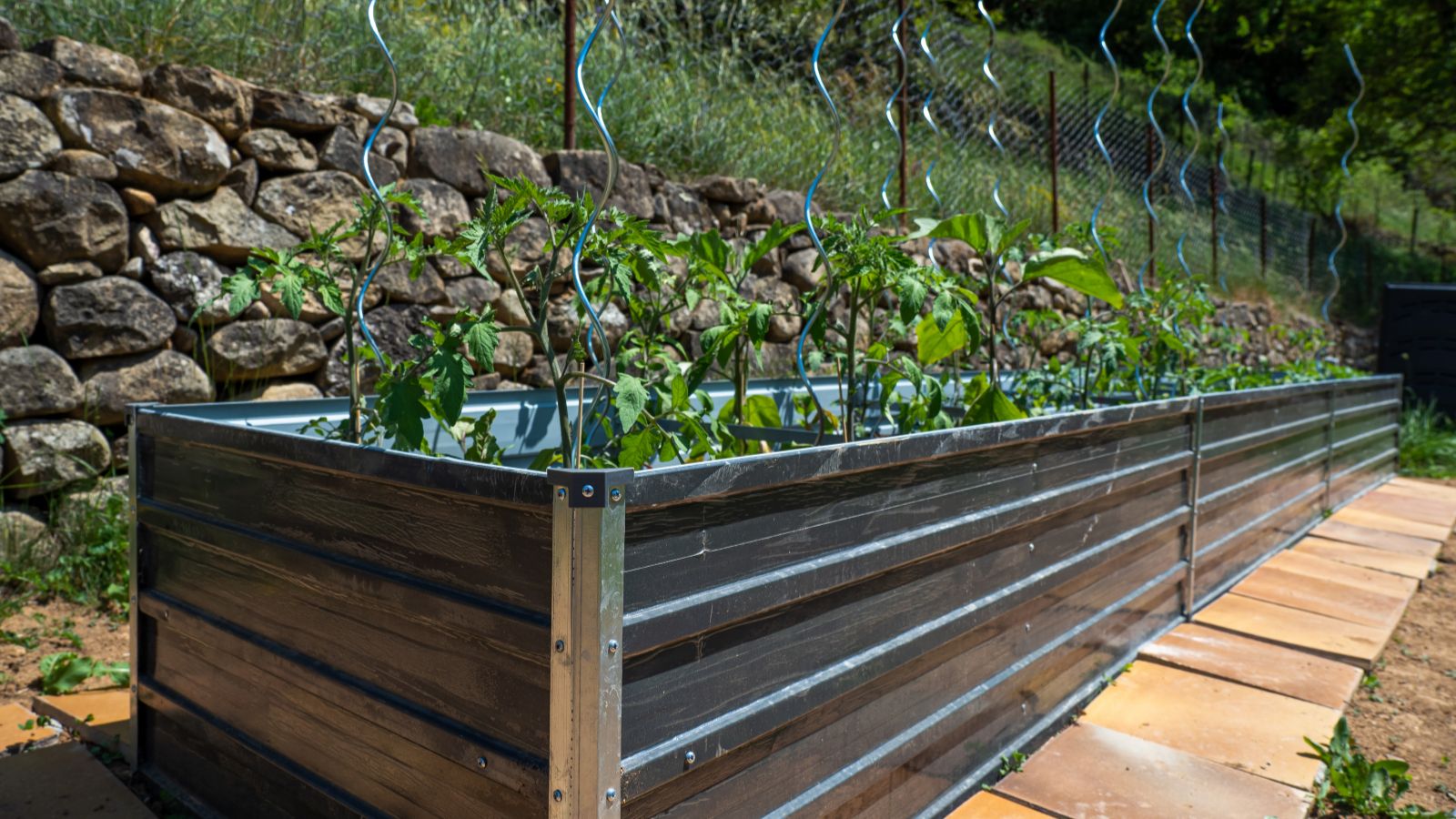
Raised beds provide greater drainage, better soil control, and quicker access for planting and maintenance. Hence, they are ideal for urban gardens. Raised beds are adaptable and may be constructed on top of concrete or other unconventional garden locations, making them suitable for any environment. Due to their higher height, they are especially advantageous for gardeners who have trouble with their mobility because they need less bending and kneeling.
Edible Landscaping
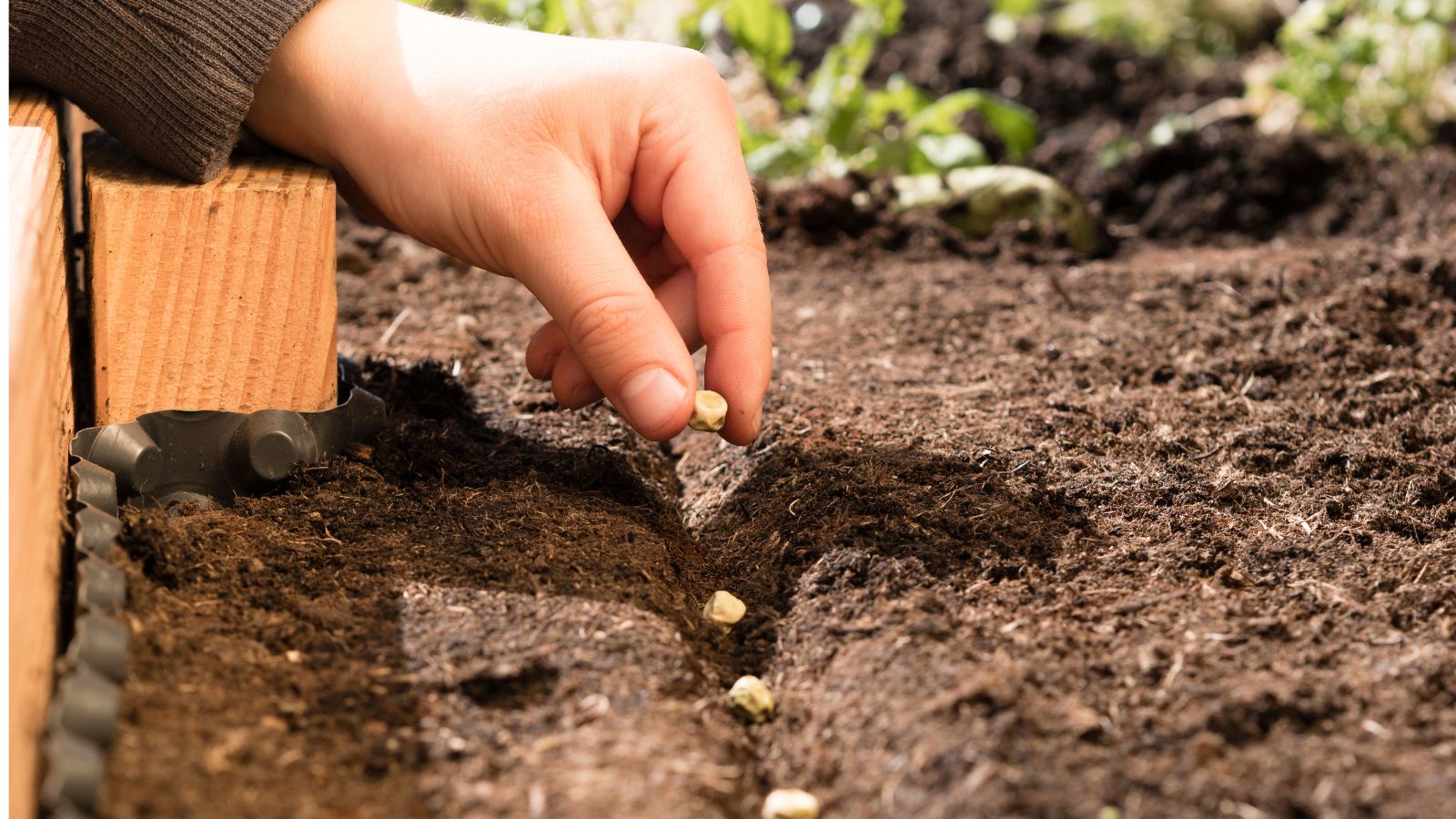
Edible landscaping is a sustainable approach to maximizing your area and lessening your food footprint. Add edible plants to your outdoor area to combine style and utility. Plant edible flowers, berry bushes, and fruit trees next to decorative plants. This method lets you collect fresh vegetables and take pleasure in a lovely garden.
Succession Planting
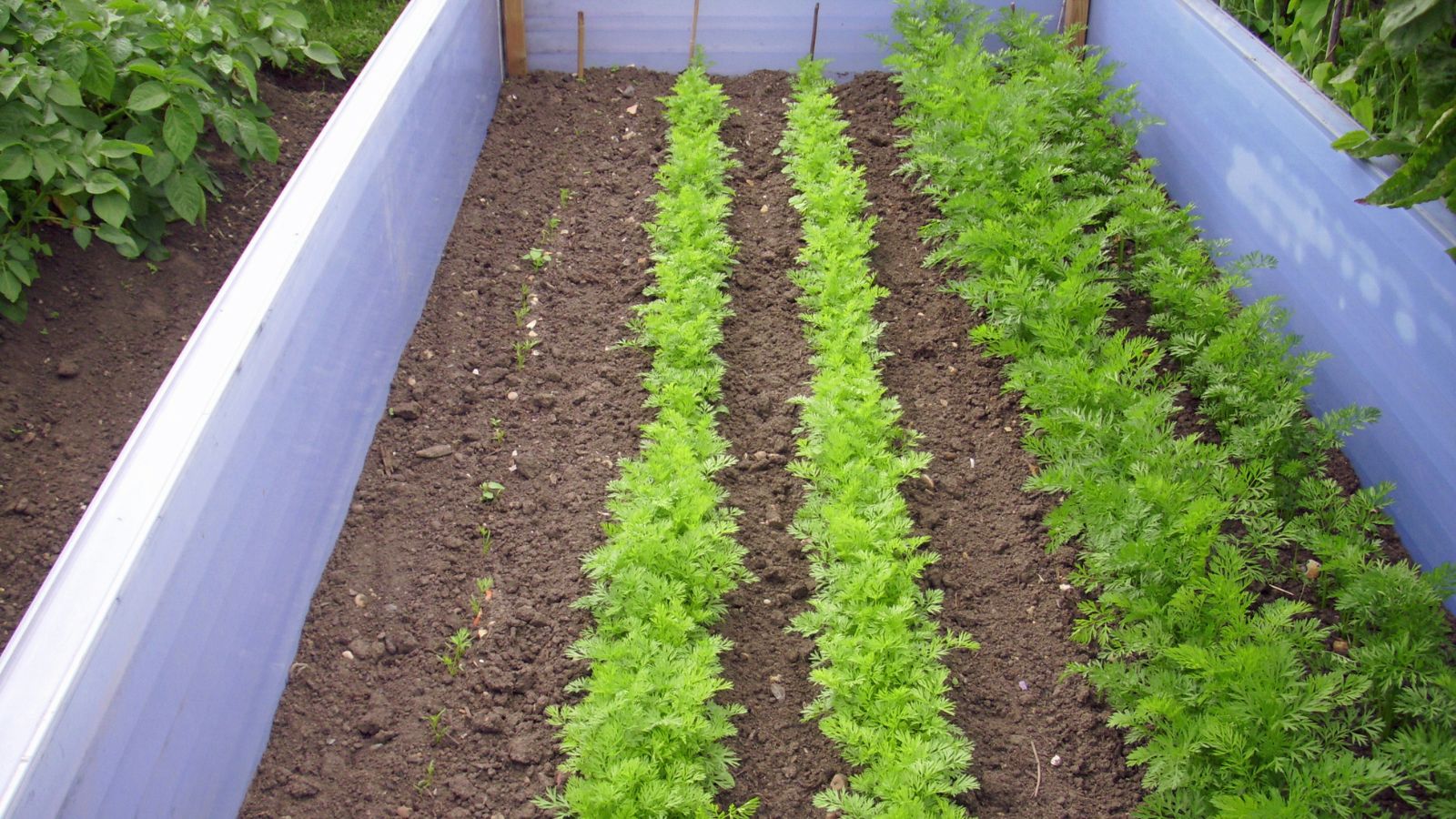
Throughout the growing season, succession planting guarantees a consistent harvest. Plant a new crop in its place once the previous one is harvested. This method guarantees that you always have something growing in your garden, increasing its output. You can have a regular supply of fresh vegetables without overcrowding your space if you plan ahead and space out when you plant.
Conclusion

Although making the most of your urban green area requires some planning and creativity, the benefits are well worth the effort. Even in the tiniest of places, you can produce a lush, fruitful garden by utilizing vertical space, selecting compact plant varieties, and implementing different gardening techniques.
14 Cars with a Reputation for Running Forever and Why They Outperform the Rest

In the dynamic world of automobiles, some cars stand out for their remarkable longevity and enduring performance. These road warriors have earned a reputation for running seemingly forever, outpacing their counterparts. This article will explore 14 such vehicles and the reasons behind their legendary durability.
14 Cars With A Reputation For Running Forever And Why They Outperform The Rest
